THE CORRECT WAY
TO RESURFACE A CONCRETE FLOOR
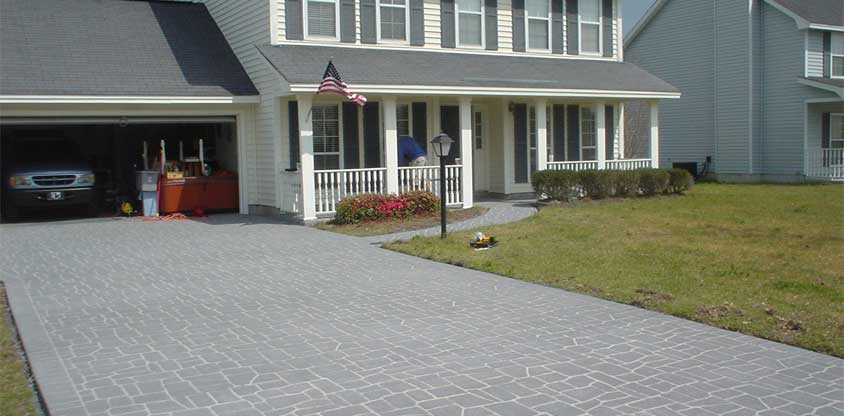
The great thing about resurfacing concrete is that it does not require you to break the bank, it does not require extensive labor, and there is a methodically way to approach resurfacing concrete floors. These surfaces can be redesigned to mimic other surfaces like brick, tile, wood, stone, and so much more! Resurfacing concrete floors allows homes and businesses to keep their floors, enhance the current concrete, and save thousands of dollars on new materials. Resurfacing is truly the best decision for anyone wanting to make a smart financial move, for anyone who wants to raise their property value, and for anyone who wants to make an eco-friendly change.
There are steps every technician or amateur should take when they begin a resurfacing project. It is important to note that the benefits listed above are 100% possible when a professional technician is hired; however, here are the general steps in the overall resurfacing process:
There are steps every technician or amateur should take when they begin a resurfacing project. It is important to note that the benefits listed above are 100% possible when a professional technician is hired; however, here are the general steps in the overall resurfacing process:
Tools

water supply, powers washer, concrete resurfacer, plastic bucket, drill and mixing paddle, long-handled squeegee, concrete edger, broom.
Inspect the surface
Never begin a resurfacing project without inspecting and taking note of cracks and spalling.’
Repair the surface
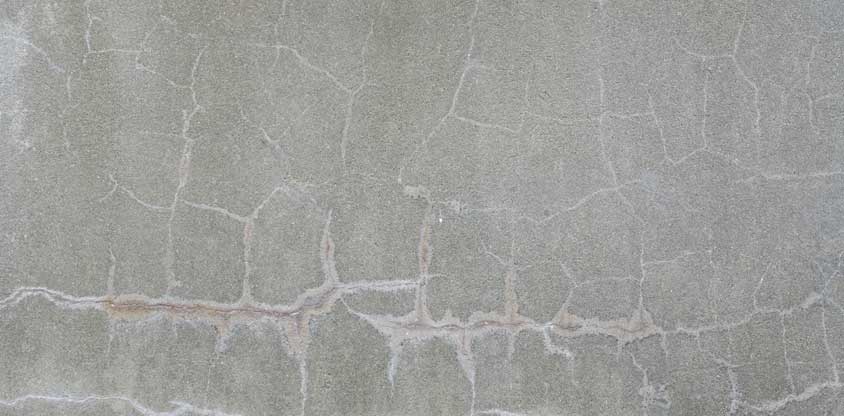
If there are areas that need to be repaired, do not begin resurfacing without filling cracks and fixing spalling areas.
Cleaning is important.
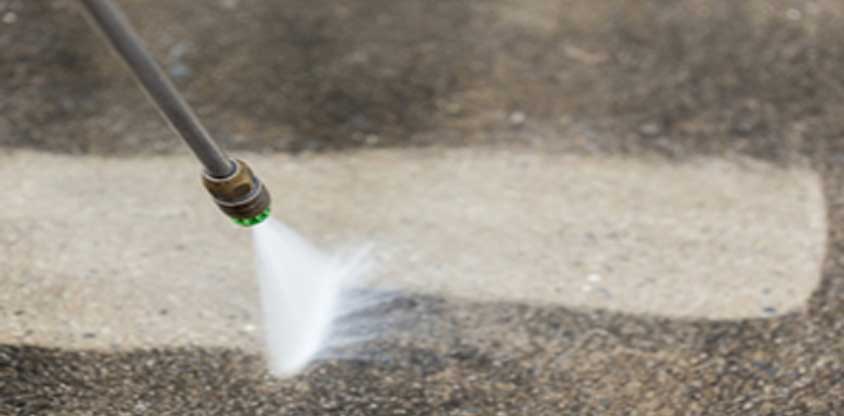
Remove oils, paints, sealants, and coatings that are present. Protect the expansion joints that are present to prevent resurfacing products from damaging the joints.
Sweep and rinse
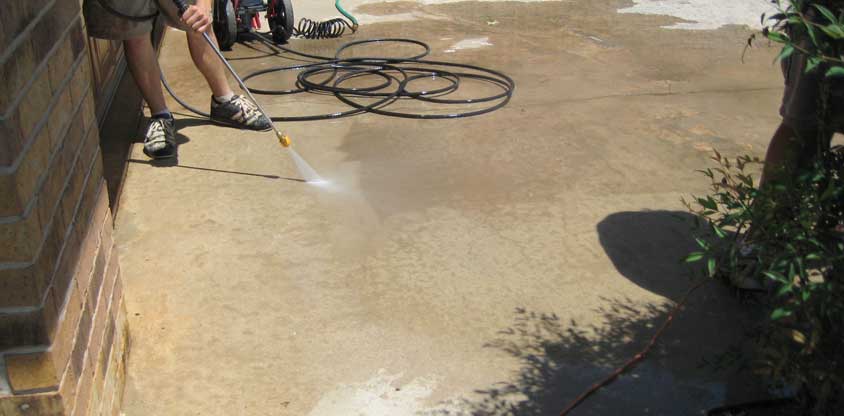
Remove extra dust and debris from the surface with a broom, once that has been completed clean off the surface with water.
Work in segments
The best way to apply the resurfacing product is to break the floor into mental sections and pour the mixture in said sections slowly and methodically. Create professional edges with concrete edger’s, add a second coat after the first one has dried, and all double-check for imperfections.
Scuff it
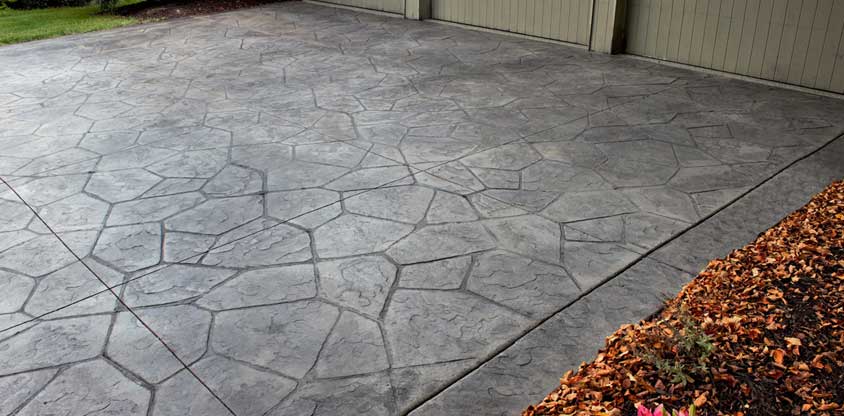
Unless you are resurfacing a garage, scuffing the surface creates traction that prevents slippage when the surface becomes wet, which is what is typically desired on driveways, patios, and walkways
Let it cure
The resurfacing product should be kept moist while it cures and be sure to restrain from walking on the surface until it is fully dry.
